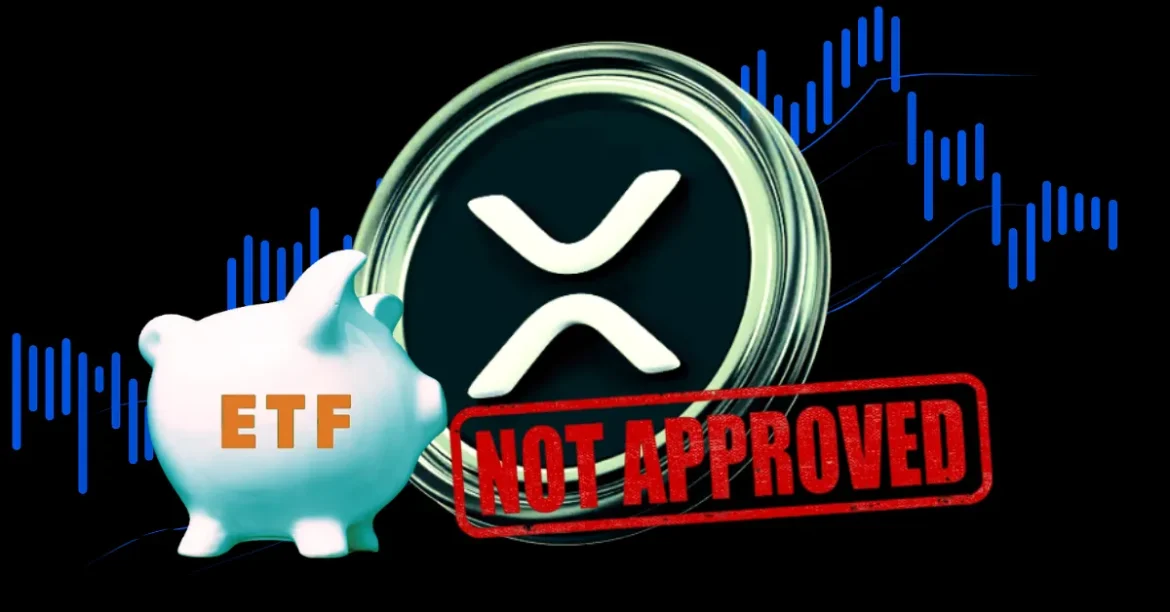Navigating the SEC’s Delays on XRP ETF Approval: A Deep Dive into the Current Landscape
The journey toward a U.S. Securities and Exchange Commission (SEC) approval of an XRP (Ripple) Exchange-Traded Fund (ETF) has been marked by ongoing delays, procedural reviews, and cautious optimism within the crypto community. Despite recent setbacks, many indicators suggest a bullish outlook for XRP ETFs, though regulatory hurdles continue to temper market expectations. This report unpacks the latest developments, the reasons behind delays, and what the future might hold for XRP ETFs amid a shifting regulatory environment.
—
Understanding the Current Status of XRP ETF Approvals
Since early 2024, the SEC has taken a measured and at times staggered approach to approving cryptocurrency ETFs. After approving futures-based Bitcoin and Ethereum ETFs, the spotlight shifted to altcoin ETFs involving XRP, Dogecoin (DOGE), Solana (SOL), and others. Various filings for spot XRP ETFs have been submitted by significant asset managers such as Grayscale, Franklin Templeton, Bitwise, and 21Shares.
The SEC recently postponed decisions on several of these proposals, including the highly anticipated Franklin Templeton spot XRP ETF, pushing the deadline to June 17, 2025. Similar deferments were also issued for DOGE and Ethereum staking ETFs, reflecting a broader pattern of regulatory caution.
—
The Reasons Behind Repeated Delays
Delays by the SEC appear rooted in procedural thoroughness and regulatory uncertainty surrounding cryptocurrency markets:
– Regulatory Precedent and Due Process: Past ETF applications, including those for Bitcoin and Ethereum futures ETFs, experienced similar delays before eventual approval. Bloomberg ETF analyst James Seyffart emphasized that such delays are routine — the SEC often utilizes the full review window (up to 240 days) to carefully assess risk, market integrity, and investor protection measures.
– Legal Landscape and Ripple’s Litigation: Ongoing legal disputes between Ripple Labs and the SEC over XRP’s classification have cast a shadow over ETF approvals. Although developments in the Ripple case, such as the next court deadline in April (Ripple’s reply to SEC appeal), may influence decisions, unresolved legal questions contribute to conservative SEC timing.
– Market Stability and Investor Protection Concerns: The SEC aims to prevent potential market manipulation or investor harm in a relatively young and volatile crypto ecosystem. Spot-based ETFs, unlike futures, carry distinct regulatory complexities due to their direct link to underlying assets.
—
Market and Expert Sentiment: Optimism Amid Delays
Despite these procedural setbacks, market confidence in XRP ETFs remains strong:
– High Probability of Approval by End of 2024: Polymarket’s forecasting platform projects an 83% chance that an XRP ETF will be approved by the end of the year. Similarly, Bloomberg predicts potential greenlighting of spot-based XRP ETFs by June or by year-end.
– Institutional Backing: Leading asset managers like Franklin Templeton, Grayscale, and Bitwise continue to push XRP products aggressively, signaling institutional confidence. Franklin Templeton manages over $1.5 trillion in assets, underscoring the significant capital poised to enter should approvals materialize.
– Price Resilience: XRP prices saw only a modest dip (~2%) following delay announcements, stabilizing around $2.35. This muted market reaction suggests investor patience and long-term faith in XRP’s prospects.
– Parallel Approvals and Global Leadership: The U.S. poised to follow Brazil as the second country to deploy a spot XRP ETF highlights growing global acceptance and the maturation of XRP investment products.
—
The Broader Crypto ETF Ecosystem and Regulatory Environment
The SEC’s cautious approach extends beyond XRP to other altcoins such as Dogecoin, Solana, Litecoin, and Cardano. Multiple ETF applications across these assets have been postponed, with decision windows stretching into mid and late 2025. This collective delaying pattern reflects:
– SEC Leadership Changes: Speculation around the departure of SEC Chair Gary Gensler introduces uncertainty; new leadership could accelerate or stall the pace of crypto regulatory approvals.
– Evolving Regulatory Framework: The SEC’s regulatory framework for spot crypto ETFs is not as mature as for futures ETFs, requiring more scrutiny. Analysts expect earlier Bitcoin and Ethereum ETF approvals to inform future altcoin ETF decisions.
– Institutional Demand as a Driving Force: The growing interest from institutional investors in diversified crypto exposure via ETFs motivates asset managers to refine proposals and engage with regulators.
—
Potential Market Impact of XRP ETF Approval
Should the SEC grant approval for XRP spot ETFs, the ramifications could be significant:
– Widened Investor Access: ETFs traditionally unlock retail and institutional capital by providing regulated, exchange-traded crypto exposure without the need for direct coin custody.
– Market Liquidity and Price Momentum: Approval typically triggers price surges, as seen with Bitcoin and Ethereum ETFs earlier. XRP could similarly experience increased liquidity and renewed upward price momentum.
– Crypto Industry Legitimization: A U.S.-approved XRP ETF would symbolize a milestone in crypto’s integration into mainstream finance, potentially speeding regulatory clarity across other digital assets.
—
Conclusion: A Key Moment on the Horizon for XRP ETFs
The SEC’s deferral to June 17, 2025, for the Franklin Templeton spot XRP ETF decision is emblematic of a larger pattern of regulatory prudence rather than outright rejection. The procedural delays, legal undercurrents, and supervisory rigor reflect the complexities of introducing novel financial products in a still-maturing crypto ecosystem.
However, robust institutional demand, positive analyst projections, and global milestones indicate that XRP ETFs could become a reality within the next year. Investors and stakeholders would do well to remain informed and prepared for significant shifts once the SEC concludes its review. The forthcoming months will be pivotal in defining XRP’s trajectory in the U.S. capital markets and could herald a new wave of institutional crypto adoption.





